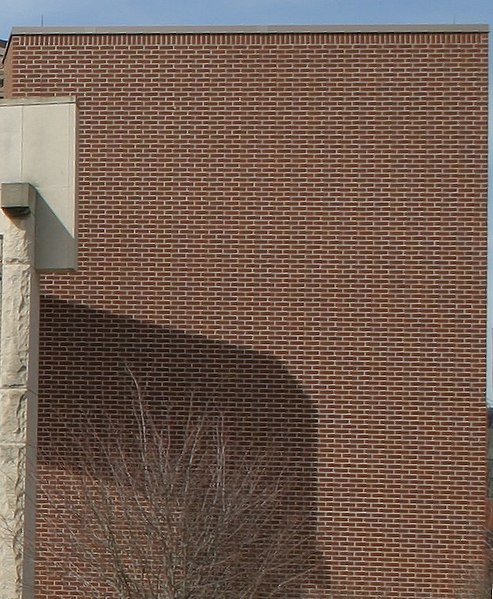In digital signal processing, spatial anti-aliasing is a technique for minimizing the distortion artifacts (aliasing) when representing a high-resolution image at a lower resolution. Anti-aliasing is used in digital photography, computer graphics, digital audio, and many other applications.
Sinc function, with separate X and Y
Gaussian plus differential function
1. As calculated with the program "MandelZot"
2. Anti-aliased by blurring and down-sampling by a factor of five
In signal processing and related disciplines, aliasing is the overlapping of frequency components resulting from a sample rate below the Nyquist rate. This overlap results in distortion or artifacts when the signal is reconstructed from samples which causes the reconstructed signal to differ from the original continuous signal.
Aliasing that occurs in signals sampled in time, for instance in digital audio or the stroboscopic effect, is referred to as temporal aliasing. Aliasing in spatially sampled signals is referred to as spatial aliasing.
This full-sized image shows what a properly sampled image of a brick wall should look like with a screen of sufficient resolution.
When the resolution is reduced, aliasing appears in the form of a moiré pattern.






